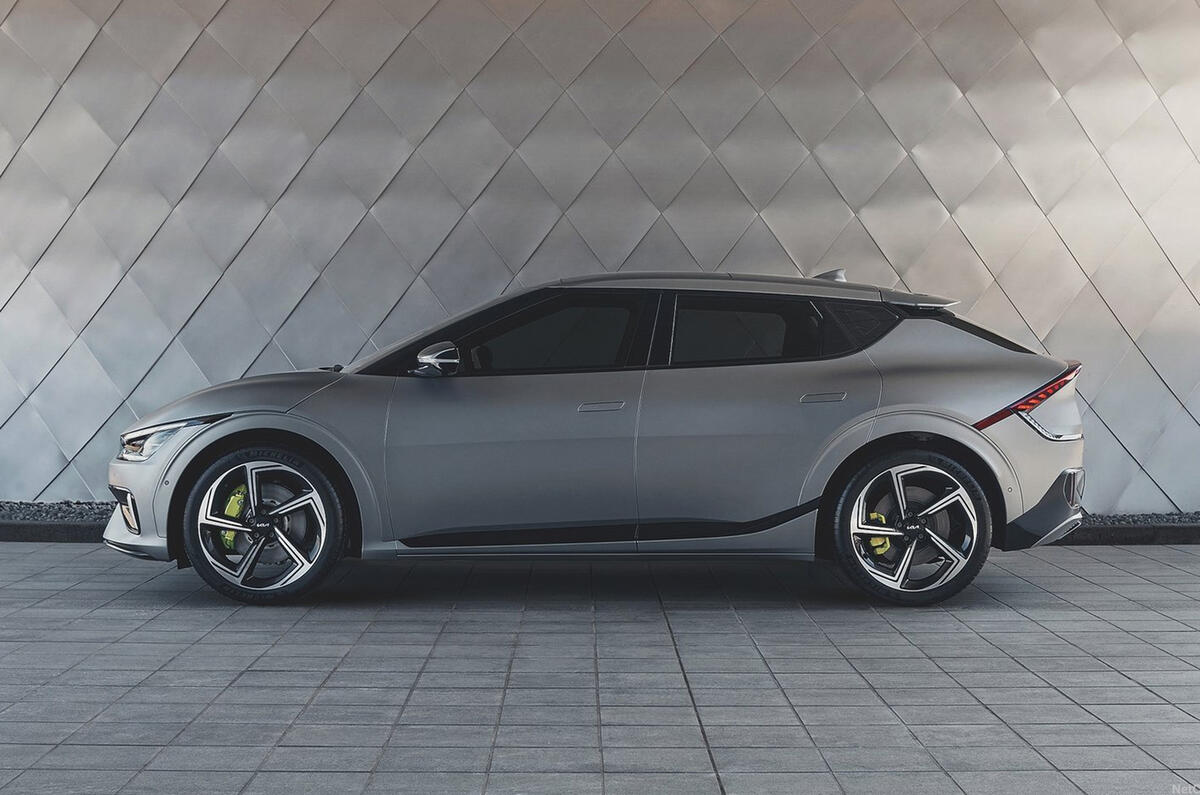If the past 18 months have taught us anything, it’s that modelling future scenarios can be perilous. Nevertheless, the Society of Motor Manufacturers and Traders (SMMT) has done just that as it attempts to map out the powertrain transition to 2035.
It’s a fascinating if inevitably – and openly – flawed exercise, such are the assumptions that must be made, ranging from how big purchase incentives will be through to the assumed installation of charging networks and a prevalent supply of cars to meet demand. And much more.
To receive the latest industry news, please click here to sign up to the Autocar Business newsletter
The SMMT has provided for ‘high’, ‘central’ and ‘low’ scenarios; in other words, best and worst cases, plus something in between. Insights include a glimpse into the potential impact of incentives through to 2026. Central estimates suggest registrations of 700,000 EVs in 2026 (up from about 165,000 this year), but with a further 600,000 possible if a full VAT freeze and plug-in car grant is made available. With 2.3 million new car registrations predicted, that means well over half would be electrified.
That’s optimistic, of course, and the central scenario instead models that 25% of registrations will be BEVs by 2025 but accelerate to 70% by 2030, when the ICE sales ban comes in (and then 100% in 2035, when hybrids are banned).
However, that means just 20% of all cars on our roads by 2030 will be EVs, with 46% by 2035. Assume a 14-year fade out of ICE cars from there, and it’s possible that anyone aged 50 or over today may never have to drive an EV – although you’d hope that prices and capability would make them super-attractive by then.
However, even the SMMT’s best-case scenario predicts missing the Committee on Climate Change’s (CCC) goals from its sixth carbon budget. This independent body advises government and has helped forge its policy thinking from 2033 to 2037, so the disconnect is a big concern.
The CCC anticipates 97% of new car registrations will be EVs in 2030, the year the combustion engine ban initiates; given that it also anticipates new car registrations to be much larger than the SMMT’s estimate (it’s not suggesting many will simply move to the used market), that’s either a massive endorsement of expected EV acceptance or a damning indictment of the capabilities of PHEVs.
Inevitably there are agendas on both sides, but the gap highlights the difference between optimism and cautious realism, as well as just how challenging the timeline for transition will be without massive commitment from those in charge.
READ MORE
The road to 2030: How the UK must prepare for an EV revolution





Join the debate
Add your comment
Missed a key word, @Adrian, bad DAY to make a statement like that!
@Adrian, bad to make a statement like that!
Man-Made Climate Change.